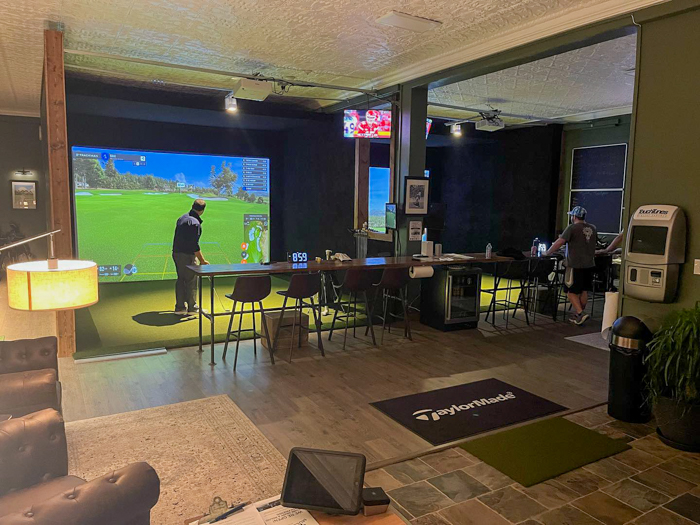Introduction
Golf, a game known for its meticulous precision and the need for absolute control over the ball, has seen a technological revolution in recent years with the advent of golf simulators. These high-tech systems promise golf enthusiasts the opportunity to practice their swings, improve their skills, and even play virtual rounds of golf without leaving the comfort of an indoor setting. But just how accurate are golf simulators? In this article, we’ll explore the technology behind these simulators, their level of precision, and the benefits they offer to golfers.
The Technology Behind Golf Simulators
Modern golf simulators are built on a foundation of advanced technology that aims to replicate the real-world golfing experience as closely as possible. Here are some of the key components that contribute to their accuracy:
- Launch Monitors: At the core of most golf simulators is a launch monitor. These devices use high-speed cameras, radar technology, or a combination of both to capture essential data about the golf ball’s launch conditions, including clubhead speed, launch angle, ball speed, spin rate, and more. This data is critical for accurately simulating the flight of the ball.
- High-Resolution Graphics: Golf simulators rely on cutting-edge graphics and 3D modeling to create realistic virtual golf courses. The quality of these graphics plays a significant role in the overall simulation accuracy.
- Simulated Golf Balls and Clubs: Specialized golf balls and clubs designed for use with simulators ensure that the equipment interacts realistically with the virtual environment. These golf balls have markers or sensors that allow the launch monitor to track their movements accurately.
- Comprehensive Course Databases: Golf simulator companies often offer an extensive library of real-world golf courses that have been meticulously recreated in digital form. These digital replicas include every contour, hazard, and green undulation of the original courses.
- Swing Analysis Software: Many simulators come equipped with swing analysis software that provides golfers with detailed feedback on their swing mechanics, helping them identify areas for improvement.
The Accuracy Factor
Now, let’s delve into the accuracy of golf simulators, breaking down key aspects of the game where precision is crucial:
- Ball Flight: Golf simulators are remarkably accurate when it comes to replicating the flight of the ball. Launch monitors measure critical parameters like clubhead speed, angle of attack, and spin rates with high precision, ensuring that the virtual ball behaves realistically in terms of distance, trajectory, and shot shape.
- Putting: Putting is a delicate aspect of golf, and simulators aim to capture the subtleties involved. Some systems utilize specialized mats with embedded sensors to track the roll and speed of the ball. While they provide a good approximation, it’s worth noting that the feel of a real green can never be fully replicated.
- Club Selection: With accurate data on clubhead speed, launch angle, and spin rate, golf simulators assist in club selection. They help golfers make informed decisions based on the shot they need to execute, contributing to better course management.
- Realistic Courses: The precision in recreating golf courses is astonishing. Digital replicas feature accurate yardages, hazards, and green conditions, allowing golfers to practice on courses they plan to play in real life or even iconic venues they may never have the opportunity to visit.
Benefits of Golf Simulators
- Year-Round Practice: Golf simulators allow golfers to practice and play year-round, irrespective of weather conditions. This consistent practice can lead to significant skill improvements.
- Data-Driven Improvement: The wealth of data provided by launch monitors and swing analysis software enables golfers to identify weaknesses in their game and work on specific areas for improvement.
- Convenience: Golf simulators are convenient and accessible. They save time, eliminate the need for travel, and offer a convenient practice option for those with busy schedules.
Conclusion
Golf simulators have come a long way in terms of accuracy and realism. While they may not fully replicate the sensory experience of playing outdoors on a real golf course, they offer an exceptional tool for practice, improvement, and enjoyment. The precision of launch monitors, combined with high-quality graphics and course databases, provides an immersive and valuable experience for golfers of all skill levels. Whether you’re looking to fine-tune your swing, play virtual rounds with friends, or simply enjoy the game in a controlled environment, golf simulators are a compelling option that continues to bridge the gap between virtual and real-world golf.

